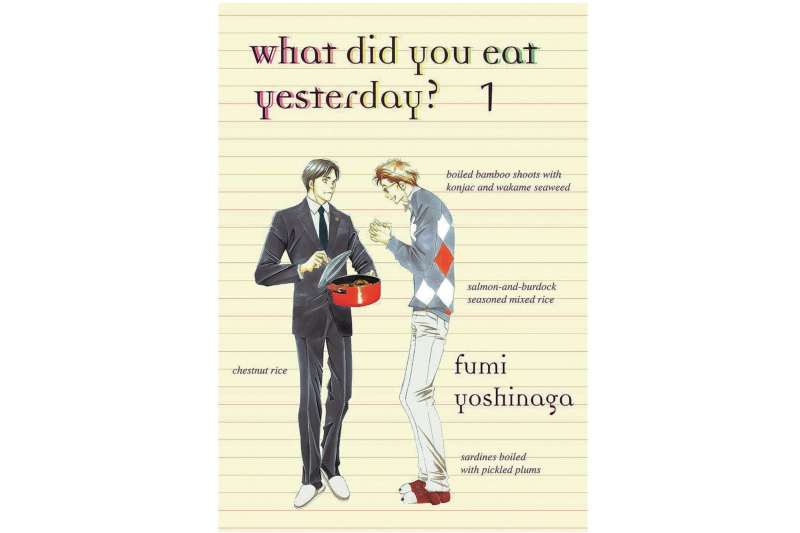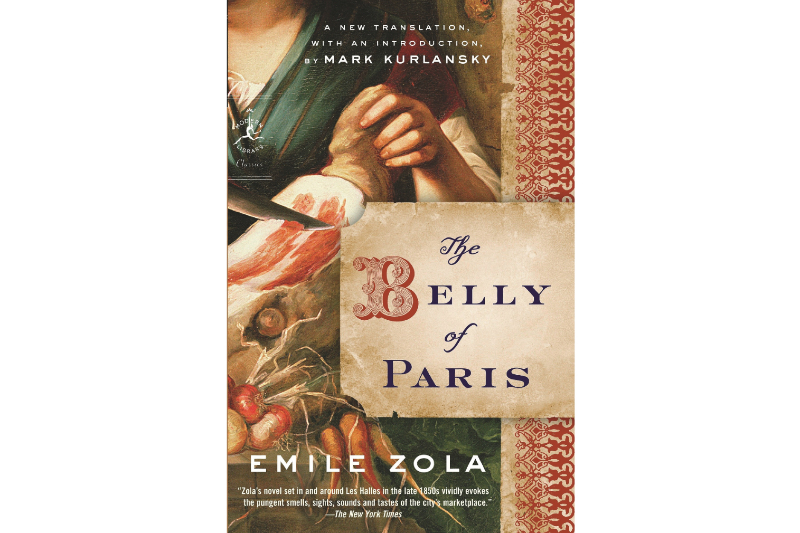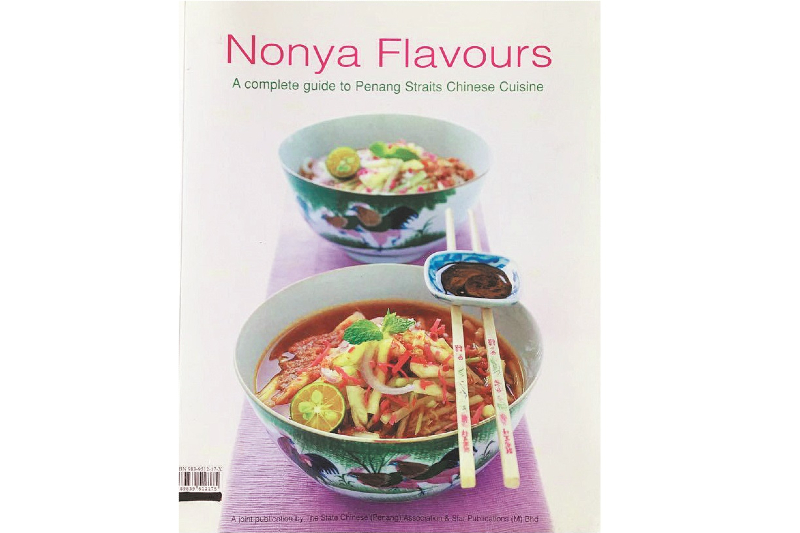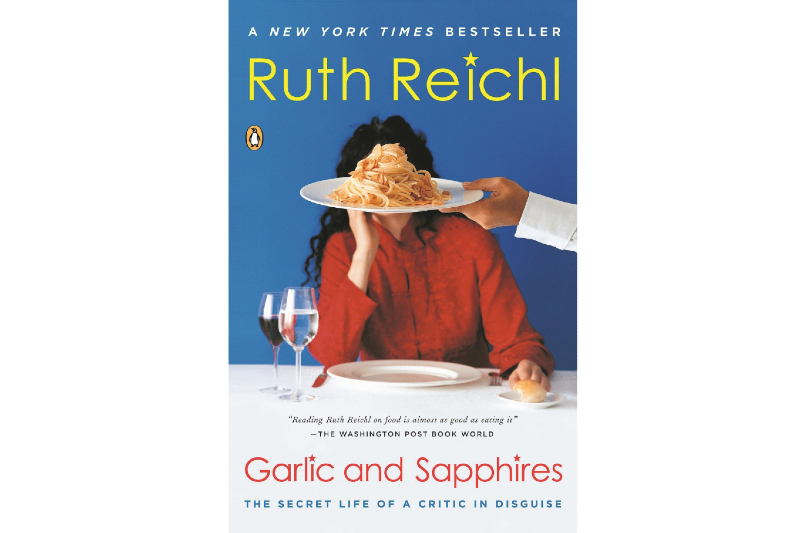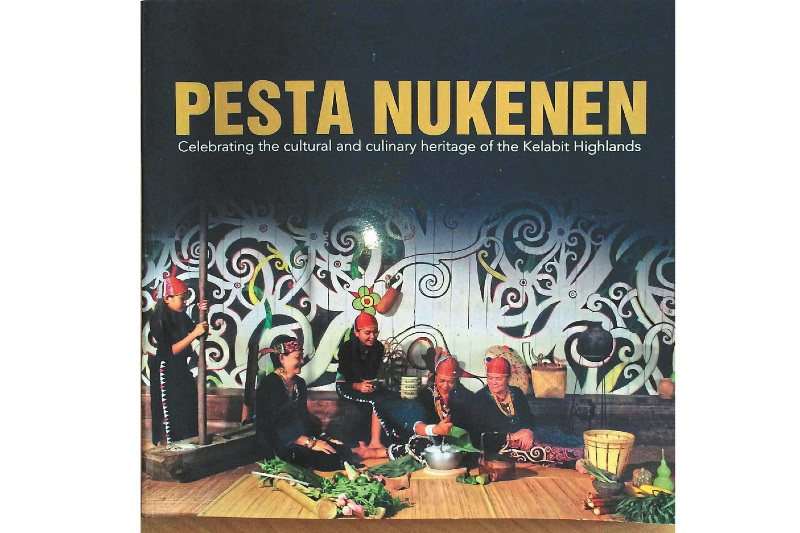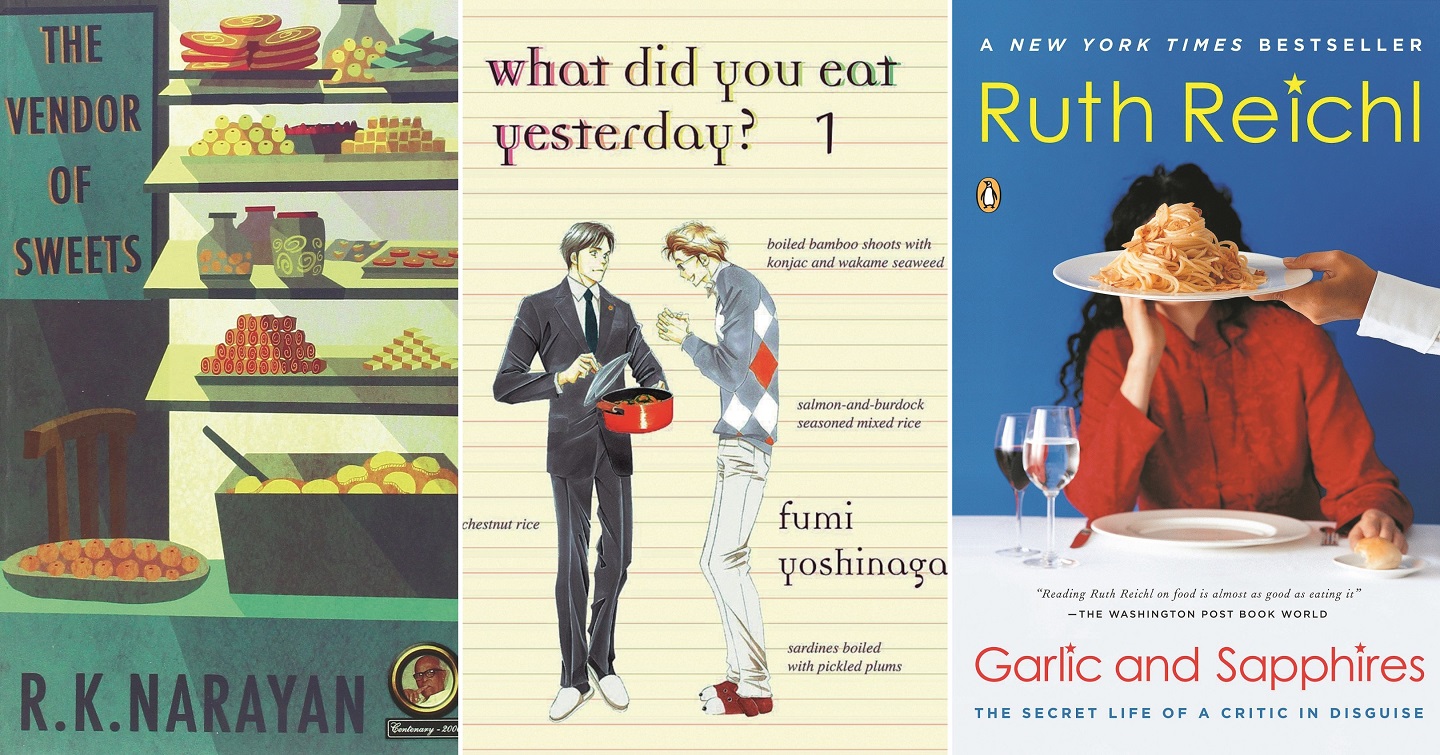
Food books, in our opinion, should be kept near the cooker, to be splattered in soy sauce and sprinkled in sugar that was probably meant for the cake. As a food nation, we not only celebrate comfort food in its finest sense, but also revel in dishes that challenge our assumptions about how we experience food. Here are our all-time favourites, which pay tribute to the people who are putting taste back on the table.
What Did You Eat Yesterday?
By Fumi Yoshinaga
“Ever since I chanced upon manga artist Fumi Yoshinaga’s charming collection of stories about a lawyer and his hairstylist boyfriend who find happiness and gratification through sharing homecooked meals, I have been hooked and reread them again and again until the pages are hopelessly dog-eared or sambal-smeared. Perhaps my enchantment lies in the fact I see many shared traits between Fumi-san’s characters and myself and my friends. I also appreciate the insight into everyday life in Japan, one of the most fascinating countries in the world and still my favourite to visit. Besides, reading the menus that the protagonist dutifully whips up daily to be lovingly shared with his partner somehow reminds me of my own blessings. After all, to eat well in the company of people you love is life’s greatest blessing ... for me, anyway.” — Diana Khoo
The Belly of Paris
By Mark Kurlansky
“Politics, history and food — there was nothing I didn’t love about The Belly of Paris, which told a beguiling tale about the central role of food and fresh produce in working-class Paris. Part of Emile Zola’s multigenerational Rougon-Macquart saga, the book is about a wrongly accused man who escapes imprisonment, arriving in the City of Lights only to live with his unimaginative butcher brother in the iconic busy Les Halles centrales market. Intrigued as I was by the fishmonger, the charcutière, the fruit girl and the cheese vendor (oh, and their glorious culinary bounty), it was the way Zola wove in the then Parisian obsession with the rich and poor that marks the genius of this book, which strikes me each and every time I read it.” — Anandhi Gopinath
Nonya Flavours: A Complete Guide to Penang Straits Chinese Cuisine
By State Chinese Association of Penang and Star Publications
“Nonya Flavours whisks me back to the kitchens I grew up in, helping to peel, cut, shred, mince, pound and grate, but never actually cooking. Its lavish pictures of the utensils and ingredients found in the Peranakan home wrap up my mother’s world, where she spent her waking hours cooking — assam laksa and lam mee were special treats — and making kuih to sell — curry puffs daily, nasi kunyit, angku, bee koh and pulut tai tai on order, and kuih bulu, kuih bangkit and ti kuih every Chinese New Year. The original recipes sourced by the State Chinese Association of Penang, plus a few from chef/food consultant Debbie Teoh, were compiled by veteran food writer Julie Wong. They offer an enticing promise: Follow them to the letter and it is possible to recreate the scents and flavours that permeated my own nonya upbringing.” — Tan Gim Ean
The Vendor of Sweets
By R K Narayan
“For me, there is nothing more evocative or comforting than the smell of freshly made ghee (clarified butter). The detailed sweetmeats in The Vendor of Sweets reminded me of home when I was very far away and missing sugary delights like jalebi and barfi. While most of R K Narayan’s tale is troubled and melancholy, descriptions of the decadent Indian desserts sold by the main character, Jagan, had me drooling in seconds. It was almost as though the sweetness from Jagan’s shop are present to balance the sour relationship he has with his son. I have always loved how food in fiction, especially with more local dishes, can evoke striking personal memories, and in the case of The Vendor of Sweets, how it represents something meaningful in the story.” — Lakshmi Sekhar
Garlic and Sapphires: The Secret Life of a Critic in Disguise
By Ruth Reichl
“I read this gem — more sapphires than garlic here — by New York Times food critic Ruth Reichl in my early days in the media industry and was thrilled that somewhere out there, food critique was taken seriously enough to warrant serious subterfuge. The most established restaurants had Reichl’s image pinned up in their kitchens so she donned a variety of disguises and characters to review menus and service in the world’s food capital as a dormouse, a vamp, a battle axe, even her own deceased mother. This voyeuristic fantasy belongs to both Reichl and the reader, slipping into others’ shoes in this introspective on personal identity, appetite and the relationship between persona and plate in the theatre that is the restaurant. Told in the format of narrative, review and recipe, the book is at times comic, heartfelt and downright absurd — all of which make for a good few hours of reading.” — Petrina Fernandez
Pesta Nukenen: Celebrating The Cultural and Culinary Heritage of the Kelabit Highlands
By Nikki Lug
“One of the best decisions of my life was hopping onto a rattling 20-seater Twin Otter plane to the Kelabit Highlands northeast of Sarawak last year. Bario, called the ‘Land of a Thousand Handshakes’, is home to one of the richest tropical ecosystems on the planet and the most hospitable people you will ever meet. The sylvan settlement is renowned for its spring salt, traditionally grown Bario rice and sweet pineapples — their distinctive flavour attributed to the cold, clean mountain waters and pristine air. My only regret was not visiting earlier when the Pesta Nukenen, also known as the Bario Food Festival, took place. This book is a comprehensive overview of the history and social and cultural practices of the Kelabit people, ecotourism in Bario as well as a tribute to the annual food festival, with lovely pictures and information perfect for those who are planning a visit come July 30, 2020. For those unfamiliar with the culture, you will be surprised to discover a variety of traditional Kelabit dishes, especially when served in biodegradable containers, such as native pitcher plants, bamboo and isip leaves.” — Emily Yap
Notes from the Larder
By Nigel Slater
“It would be a disservice to journalist-broadcaster Nigel Slater to call his food tome a recipe book. This is a collection of small kitchen triumphs, with some personal anecdotes and handy cooking tips tucked in. Never pedantic in the kitchen (because recipes should never be just a set of instructions), Slater shows you not only the hows but also the whys, like folding thin threads of grated beet into yoghurt to tame the superfood’s sweetness, or refreshing a hastily assembled fish dish by cushioning it with cool slices of cucumber. Also an avid traveller, he uses food as a prism for exploring culture in destinations that beguile and inspire. Be it a grand café in Gerbeaud, Budapest, or a local konditorei that peddles a delectably moist apricot slice, these are dreams anyone with a passport can fantasise about. Notes from the Larder reads like a love letter to food, one that will urge you to craft something with your hands, for yourself and others.” —Kong Wai Yeng
Helen & Abby Home Favourites
By Helen Read and Abby Leong
“Since the Christmas season is just around the corner, I am always reminded of two best friends in a kitchen laughing and cooking away. Several years ago, I was invited to Ms Read founder Helen Read’s former home in Taman Seputeh, where she and her childhood schoolmate Abby Leong — a former nurse who helped Read’s son, Benjamin Yong, with research and development when he embarked on his F&B business The Big Group — were cooking up a storm of a pre-Christmas feast. The fun spirit, banter, smell of turkey roasting in the oven and sight of the 2.5m Christmas tree in the living room stayed with me. While the book is not all about Christmas recipes, the ones in there were definitely my favourites. And true to their promise, it is a recipe book that is easy to follow, proven so when this beginner chef was inspired enough to recreate the olive rice and the most glorious-looking, ‘Instagrammable’ trifle at Christmas dinner — it sure impressed my friends. Hmm… maybe it’s time to plan another party.” — Mae Chan
This article first appeared on Nov 11, 2019 in The Edge Malaysia.

